Tag: Antibiotics
-
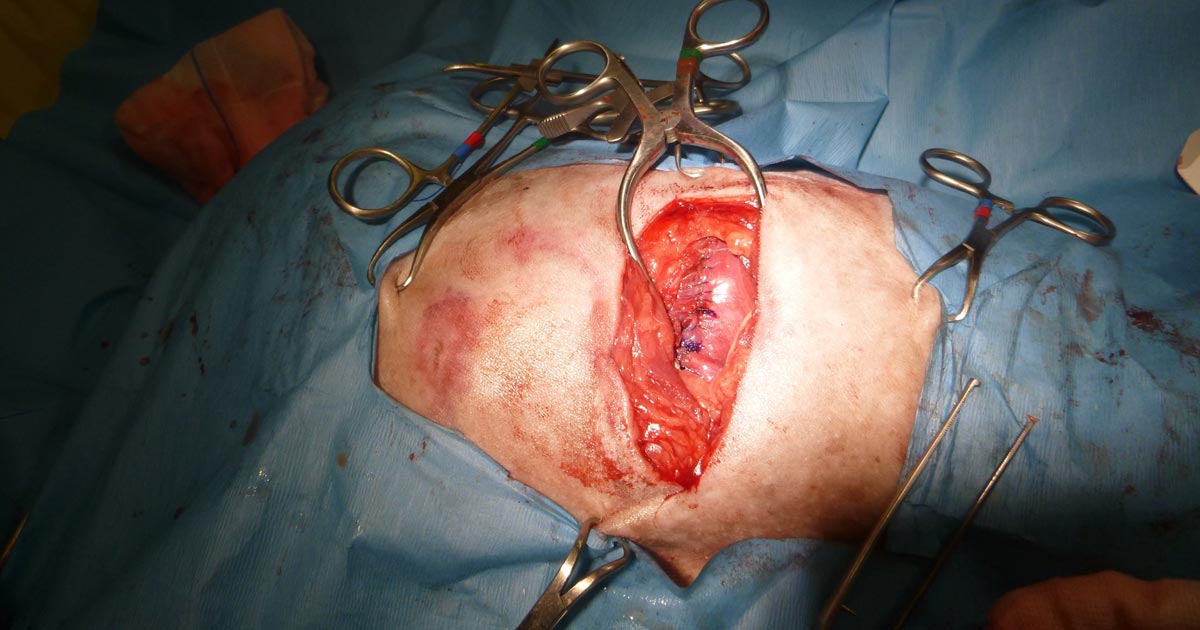
Dog bite wounds – the tip of the iceberg
—
by
Dog bite wounds are one of the most common presentations in both general and emergency practice, and can often be challenging cases. Once you have stabilised the patient, it is time to speak to the client. Here is when you need to address the most important point: the injuries they (and you) can see are…
-

Oh, CR*P! Using point-of-care C-reactive protein tests
—
by
Few companies now offer affordable point-of-care tests for canine C-reactive protein (CRP). As we did when we recently received our new box of CRP slides, you might soon be asking the question: what do we even do with this stuff? Here’s what we’ve learnt… CRP is one of the acute phase proteins produced by the…
-

Put your hands where my eyes can see
—
by
Theatre practice. It’s a funny world, the world of asepsis and sterility. To an alien, the rituals we go through to prevent infection – our repetitive, obsessive attitude towards touching certain things after a period of cleansing – must seem very bizarre. And this weird ritual continues once we enter theatre: Don’t touch anything unless…
-
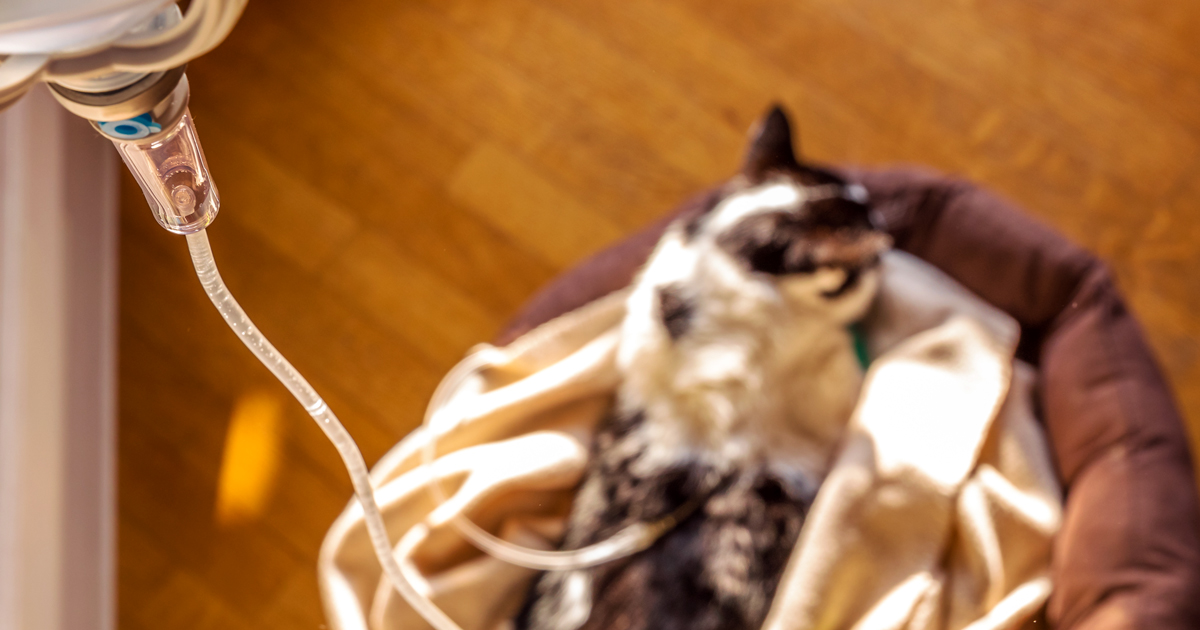
Pancreatitis, pt 2: treatment and prognosis
—
by
Last week we covered diagnosing pancreatitis and the challenges associated with doing so. This week we look at management. The treatment of pancreatitis largely involves supportive care and monitoring for potential complications. Here, we recap the fundamentals. IV fluids IV fluids are critical in the acute phase to restore perfusion to core organs and correct…
-

Systemic antibiotics – a brief guide for new grads
—
by
A lot of information is available regarding different antibiotics and, for the newest generation of vets, the pressure to use them correctly and responsibly is greater than ever. One of main challenges when you start clinical practice is knowing the most appropriate antibiotic for common presenting conditions. Below is a rough guide for antibiotic selection according to body…
-

Idiopathic AHDS in dogs: treat with antibiotics or not?
—
by
Idiopathic acute haemorrhagic diarrhoea syndrome (AHDS) – previously known as haemorrhagic gastroenteritis – remains the one disease where constant debate exists as to whether antibiotics should be used as part of the standard treatment. The logic behind using antibiotics to prevent bacterial translocation is sound, and if AHDS is truly initiated by Clostridium species or…
-
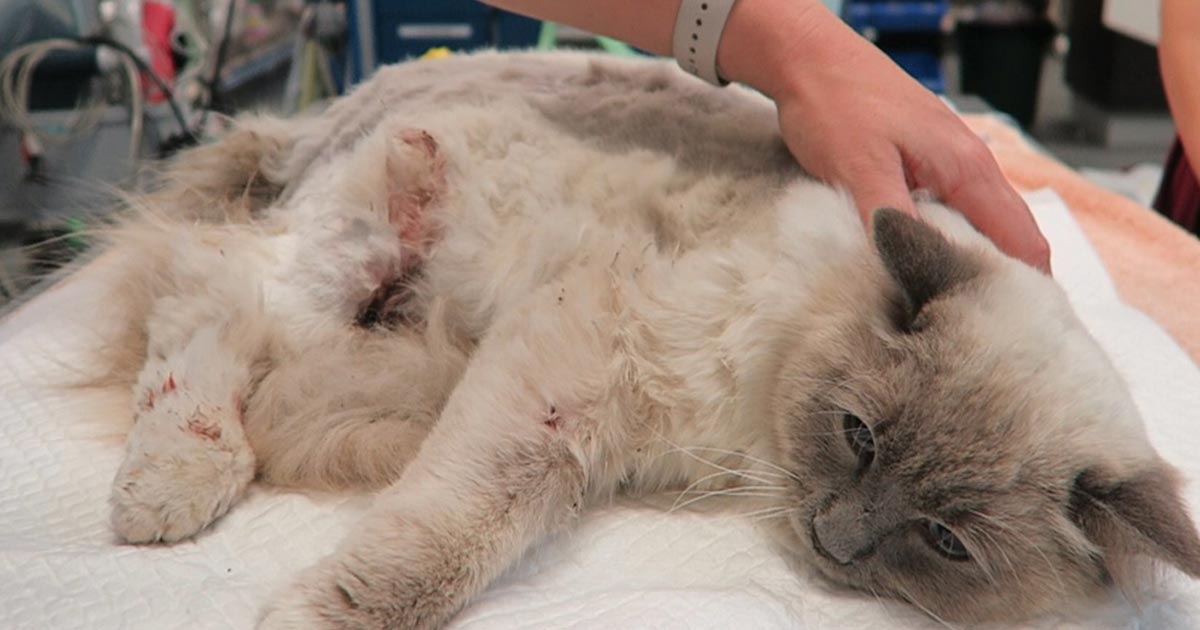
Cat bite abscesses
—
by
Cat bite abscesses are one of the most common presentations in general practice. Even in an emergency setting, I see a number of these patients. Usually they are obvious, but, occasionally, they’re not so obvious and the patient comes in lethargic, inappetant and often “painful”. Overly dramatic? One thing I’ve learned in my time is…
-

Unpacking the fear
—
by
As a vet, everyone expects you to have an interest in and love for all animals. However, some vets are allergic, scared or unfamiliar with particular species. For me, it’s alpacas. I’m not fond of them. In fact, I would even describe it as a borderline phobia, which stems from being spat at by the…
-
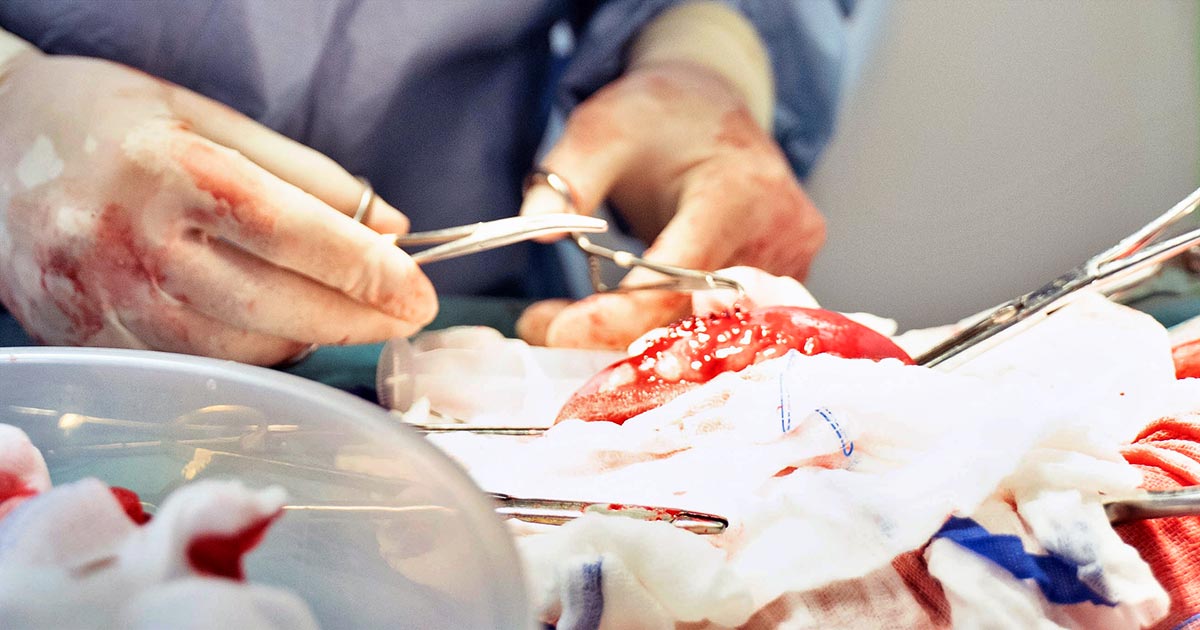
Keeping the abdomen sterile when entering or removing part of small intestine
—
by
Here are some tips on how to keep the rest of the abdomen sterile while entering or resecting part of the small intestine. Exteriorise segment Exteriorise the segment of intestine as much as possible out of the abdominal cavity and use multiple moistened lap sponges to pack around the intestine to protect the rest of…
-
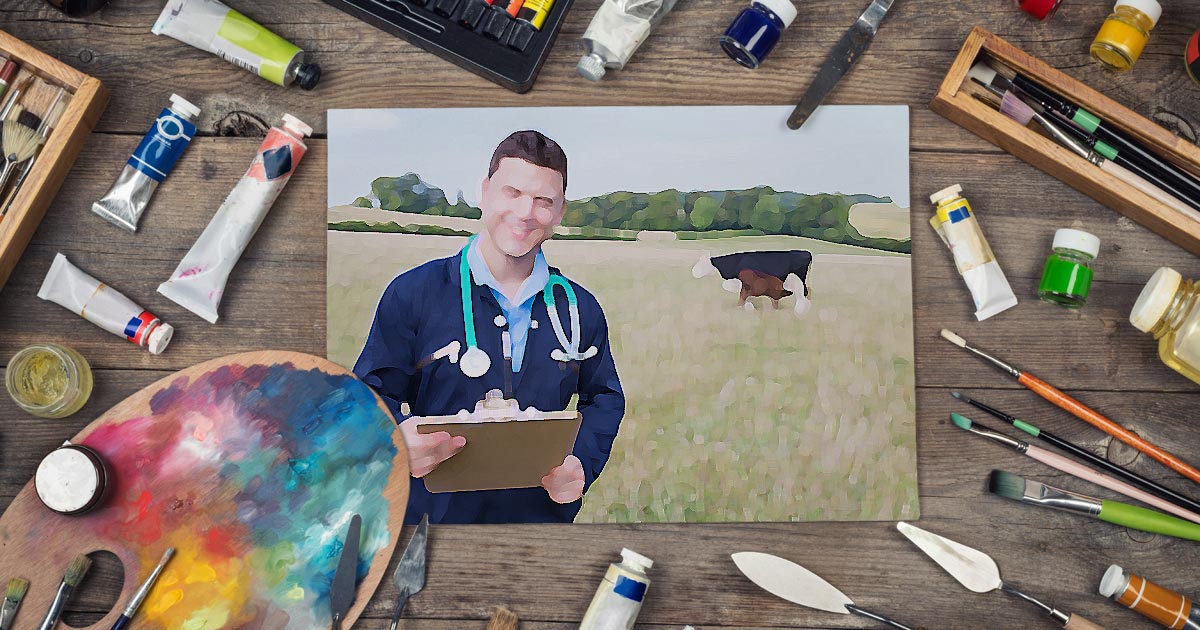
Mastering the art of veterinary medicine
—
by
Veterinary medicine, veterinary surgery, veterinary science; whatever you want to call it, veterinary has all these academic connotations – and rightly so. But a lot of what we do is not black and white – very few “textbook cases” or one-size-fits-all diagnostic approaches exist. There are so many balls to juggle – client requests, patient (and…